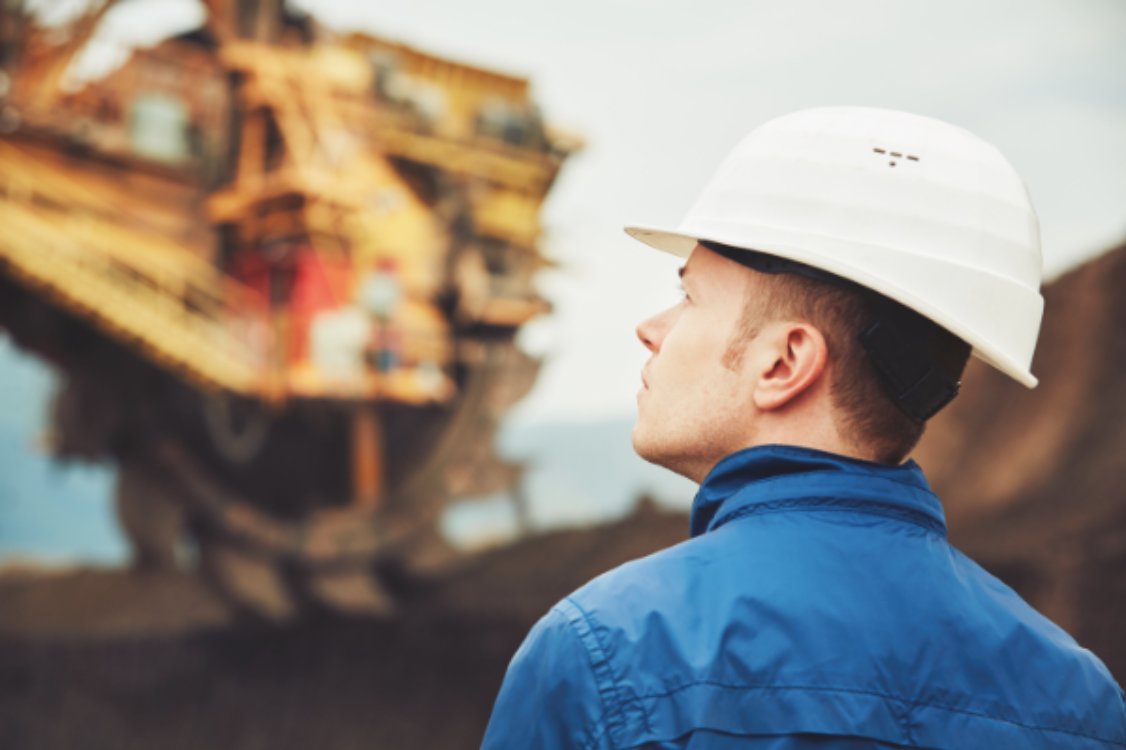Some remote workers have to find an open coffee shop. While other remote workers find themselves in an open pit mine. If your workforce falls into the latter category, your technological needs go well beyond popular consumer tablets, cell phones or laptops. You need something as tough and reliable as your workforce. If your crew is out at sea, underground, or deep in the woods, this is what your technology has to stand up to.
Wear and Tear
Your job sites are not for the weak. Your technology has to keep working after getting dropped, getting hit, or getting wet. The average off-the-shelf laptop doesn’t stand a chance.
First, you need something that can work in cold and wet environments. You also need to be able to customize your waterproof computer and add your company’s own proprietary software or tools.
You may have an entire fleet of employees out there using laptops, tablets or smartphones. If those phones can’t stand up to being dropped or being hit, you will pay a fortune in replacement fees, not to mention the cost of possible downtime without these devices.
Low/No Signal
Office workers who are out in the field may struggle with dead spots around town that “only” give you 1 or 2 bars of 3G speeds. However, many remote job sites are miles away from the nearest town or cell phone tower.
This means an intricate (and expensive) satellite system needs to be set up. If you’re working underground in a mine, it’s possible to set up a hard-lined or peer-to-peer network. However, you will likely have to concede that some areas are unavailable, which makes the employees working there also unavailable.
In some extreme cases, a worker may spend the day working in a no-signal forest or mine. They may have to wait until they are “back in town” to get reconnected to their work messages or reporting system.
Safety Issues
These low-signal or no-signal areas can also pose massive safety issues for a remote team or widely distributed workforce—many companies have to deal with both.
If something happens, they may have no way of communicating their distress or emergency to people who can help them, which is unsettling, to say the least.
At the same time, today’s mining, construction, and forestry job sites require regular safety data from inspections. This is how they ensure that their fleet of employees, tools, and equipment are always as safe as possible.
If a front-line worker is in a remote area, they may not be able to propagate their data to the higher-ups for a few hours, or even days. This makes it difficult for management to stay on top of injuries, near-misses, or damaged/dangerous equipment.
These are only a few of the challenges that your remote workforce will face. There are countless others. But companies with remote workers are constantly looking for opportunities to add more durable hardware, more connectivity, and more safety precautions.
This is why the companies that succeed in this area are knowledgeable enough to stay on top of the latest technology, and agile enough to be able to roll it out as soon as possible.







































